Getting a game to the top charts in just 4 days of publishing? Sounds impossible, right? Not for Project Makeover, a game that accomplished exactly that. This casual game quickly became a huge success and continued growing.
To figure out the secret behind its rapid success, I’m going to analyze different KPIs, game statistics, and dissect this game’s user acquisition strategy. and monetization approach. Additionally, I have included some valuable lessons you can learn from this game.
Let’s dive right in!
About Project Makeover
Project Makeover is a casual title published in 2020 by Bubblegum Games, which is under Magic Tavern. It’s a meta match-3 puzzle game with narrative fiction and storytelling elements. Furthermore, this game has a fashion/décor theme, which seems to be the perfect mix. In other words, it’s a hybrid casual game.
“The challenge lies in how to perfectly integrate people, hair style, makeup, clothes, decoration, main story, background story, social and match three experience. If you are not careful, it will become a hodgepodge of four different things that casual players will not accept.” – Charlie Gu (Magic Tavern)
The premise is that you’re working with three experts in fashion, hair & makeup, and interior design. The goal is to give clients the makeover of their dreams. However, there are extreme personalities from the industry you have to deal with, which produces a lot of drama.
The game borrows its concept from popular makeover TV shows like Extreme Makeover and Queer Eye where regular people are given fashion, home, and lifestyle makeovers. The game even included the classic before and after reveal that’s the culmination of these TV shows. Additionally, its name bears a resemblance to another popular TV show – Project Runway.
In order to complete makeovers, players need to solve match-3 puzzles to get more coins and money to buy clothes, makeup, furniture, etc. This is also the basis for the game’s monetization strategy – in-app purchases, but more on that later on.
How Successful Is Project Makeover?
Even though it was released fairly recently, in November 2020, Project Makeover is already a hit game. It became a top-ranking free game in just 4 days.
Here’s some interesting data that confirms this.
Unless stated otherwise, the data in this article comes AppMagic, a leading mobile intelligence platform. Get 3 days of free access to all AppMagic’s features, as well as 10% off, by clicking this link.
All-Time Project Makeover Downloads
Project Makeover had an explosive release and a subsequent couple of months, where downloads reached an all-time high. However, after January 2021, the downloads have been on a steady decline. This is normal, as games tend to get the most amount of downloads right after the release.
But don’t be fooled, Project Makeover is still getting a large number of new players – between 5 and 6 million each month!
If we look at all-time downloads, they’ve surpassed 200 million – quite an achievement.
All-Time Project Makeover Revenue
Project Makeover’s revenue has the same trajectory as game downloads.
Currently, the game earns around $12 million each month, with all-time revenue surpassing $600 million.

Project Makeover Competitors
Above you can see a list of the main competitors for Project Makeover. As you might expect, all are very popular casual and match-3 puzzle games like Homescapes, Gardenscapes, Candy Crush Saga, and Royal Match. Furthermore, there are similar makeover games on this list as well – Family Town: Match-3 Makeover, Home Design: House Makeover, and Home Design Makeover.
Main Game Mechanics
At its core, Project Makeover is a match-3 based game. The main role of the whole match-3 system in this game is to generate soft currency – coins.
Here’s how the game works:
- Play match-3
- Earn coins
- Return to meta
While meta is important for the story, match-3 features are crucial for game monetization, so let’s analyze them.
Swapping Match-3
In this game, you spend most of your time on the match-3 board. The board game is based on simple, yet effective swapping mechanics.
You can swap same-colored tiles up and down, left and right. After tiles disappear from the board, the whole construction moves down by a block.
On the left side of the board screen, you can see how much it takes to win a level.
You don’t have to be some kind of match-3 genius to figure it all out. This is a classic and simple match-3 board game.

Special Match-3 Level Mechanics
The match-3 game is based on levels. Every new level comes with some kind of new feature that will help you solve the puzzle faster.
Or as the game’s app store descriptions say: BLAST through levels with exciting power-ups and explosive benefits!
These “explosive benefits” are booster items. They appear on the board after you match certain tiles. For example, matching 4 tiles in a line will get you fireworks that clear the whole line.
All it takes to make a blast is a swap, tap, or a double-tap. When an explosion occurs, it feels like a small victory.
Moreover, there will be added features like immovable obstacles, different items hiding under layers of tiles, etc.

Energy Mechanics – Life Points
To even play on the board, you have to have at least one life.
Every time you play a level, you lose a life point. Of course, they are not lost for good, but they replenish with time. What this means is that every time you run out of lives, a timer appears on the screen.
The wait times aren’t too long. You will be ready for a new board attempt in a matter of minutes. Besides waiting, your other option is using gems, the game’s premium currency.
Finally, all of the game’s mechanics are here to make the game interesting and profitable. For this reason, game mechanics and monetization have to work together as one.
Now, let’s go over the Project Makeover monetization strategy.

Meta Features
What makes Project Makeover different from all the other match-3 games? The answer is simple – meta.
However, the game’s meta is anything but simple. It consists of four parts:
1. Storyline
The game is divided into episodes and follows an intriguing storyline. The story begins with a major conflict that immerses players into the game. However, the drama doesn’t stop there. Psst, some of the assistants are schemers. All of this makes players feel like they are a part of a rather dramatic TV show.
2. Fashion
The whole game revolves around fashion. It gives players the opportunity to become fashion designers whose choices matter.
3. Hair and makeup
Other than clothes, makeovers always include an overall appearance change. This includes a fresh haircut, refreshed looks, and even detailed baths.
4. Decoration
This is the most unexpected meta feature in the game. The logic here is that the characters who have messy appearances also have messy homes. If you fix one, you should fix the other one as well. This part includes cleaning out, selecting new furniture, etc.
As you can see, the game’s meta is well-rounded and diverse. Here’s what Magic Tavern’s CEO, Charlie Gu said on this topic:
“Project Makeover is undoubtedly a bolder attempt, the proportion of parts other than match three is very large. Even if the match-3 is removed, the playability of this game is very complete” (InfNews).
Ultimately, with all of these different features, the game attracts players with different interests. They range from fashion and makeup enthusiasts to people who love interior design.
Who Is Playing Project Makeover?
As you might expect, considering this game is geared primarily toward women, the majority of Project Makeover players are women.
In terms of gamer interests, Project Makeover targets a very broad audience and that’s the secret behind its success. Acquiring match-3 puzzle players is difficult for a new game since those players are already married to older top games in this genre.
That’s why Project Makeover needed to broaden its target audience by including gamers from other casual genres. More specifically, fashion game players, dress-up/makeup game players, and decoration game players.
Player Archetypes
According to GameRefinery, Project Makeover users consist of these three types of gamers – Thinker (43%), Expressionist (23%), and Skill Master (8%).
Here’s some info on the two main archetypes for this game (Thinker and Expressionist) and which Project Makeover features appeal to them.

Thinker
Since match-3 puzzles are so prominent in this game, it attracts gamers who love to solve them.
According to Game Refinery, Thinkers prefer the following features, many of which can be found in Project Makeover:
- Puzzle-solving mechanics
- Average level playtime 3+ minutes
- New game mechanics introduced as the game progresses
- Special level mechanics (match-3 puzzle games)
- Monetized timers
- Monetized continue/retry
- Possibility to see other player’s progression
- Recurring competitive events

Expressionist
As I mentioned before, Project Makeover is not a classic match-3 puzzle game. It has fashion, dress-up, and decoration meta elements. These attract Expressionists – players who like to express themselves through gameplay.
Furthermore, this game also includes narrative fiction elements, which allows this type of player to feel like they’re part of the story.
Features Expressionists prefer are:
- The background of the game’s setting is explained
- Storytelling/dialogue elements
- Decisions in the story affect the game
- Customizable player avatars
- Collectibles album
- Relationships with in-game characters can be developed
- Decorative buildings, accessories, skins, and other decorative items
Dissecting Project Makeover Ads
So here’s the thing about Project Makeover ads.
They’re quite…interesting.
Most Project Makeover ads follow a similar concept – a disheveled girl in embarrassing social encounters and a failed makeover. For example, the ads often depict a smelly, hairy, half-bald girl about to meet her boyfriend after the makeover doesn’t work.
These creatives are purposely a bit shocking and out there. They’re made to capture attention and stand out. And I got to say they succeed at that, which is what makes them good.
It’s very reminiscent of the classic ugly duckling tale like in the movies Mean Girls, Clueless, and Never Been Kissed where ‘ugly’ girls transform themselves to fit in with the popular girls or get the boyfriend.
This seems to work for this game.
However, these ads might alienate certain groups of people because of their content and message, which can be interpreted in a negative way. My advice to developers is to find ways that grab the viewer’s attention, but try not to offend anybody. The goal is to broaden the audience and appeal to many different types of gamers.
Project Makeover Ad #1
This ad demonstrates the central part of the game – the makeover.
A female client is standing there with messy hair and no makeup on. It’s the same girl that’s featured at the beginning of the game and different promotional materials.
As makeup is being applied to her face, she’s getting happier and more satisfied. Finally, her hair also gets a makeover which transforms her into a new person.
This is one of the more ‘normal’ Project Makeover ads. There are no scenes that are meant to be shocking or high drama situations.
However, that’s what awaits us in the following ads.
Project Makeover Ad #2
The first scene of this top-performing Project Makeover ad is an attention-grabbing one. We see a young girl sitting on the couch, texting. Her boyfriend asks her to meet up.
Everything seems normal at first glance.
Except, she has a full beard on her face. That seems to be enough to make anyone stop and watch. It’s not everyday one comes across bearded women.
The task is to help her freshen up.
First, the beard is removed, which makes her happy. Then she gets a new hairstyle, but it’s a bad one – I would describe it as bald in the front, party in the back.
She’s not amused by it, to say the least.
When the girl meets her boyfriend looking like that, he’s shocked and walks away.
This ad follows the formula I mentioned before. A girl who already looks ‘bad’ gets a makeover that makes the situation worse and she’s kind of humiliated in front of other people.
Furthermore, it’s important to note that this ad and most others are not a true representation of the game. The ads are made from animations, i.e., cinematic scenes and not gameplay footage.
Most of what’s displayed in these ads is not even an option in the game. The clients don’t look this bad, as far as what I’ve seen in the game. Also, the game’s design is much simpler and basic than what we see in the ads.
That’s a potential problem.
Players might expect one thing after watching the ad and then getting something completely different once they download the game.
It can result in poor user retention and bad reviews.
Project Makeover Ad #3
A girl with smudged makeup smells so bad that flies surround her and toxic green mist emanates from her body.
That’s the first thing viewers see in this ad – attention captured.
Panic ensues when her boyfriend knocks on the door. There’s the option to do makeup or take a bath. The former is chosen even though the latter is obviously a better choice in this situation. But fails are the main concept of this and other ads.
That’s exactly what happens. Makeup is applied to the girl, she got a new hairstyle and clothes.
However, she still smells bad. So much so that her boyfriend is knocked down to the ground after smelling her.
Project Makeover Ad #4
In the first second of the ad, we see a young girl in a swimming suit. She has hairs all over her body, which is emphasized for shock value.
When the camera zooms in, we also see that her face is covered in pimples. And just like the girl in the previous video ad – she smells bad.
The first step in the makeover is the waxing of the armpit, which is unsuccessful and leaves her in so much pain.
The makeover continues with horrible black eyeliner, which makes the girl look even worse.
Looking like that, she approaches a guy on the beach who is shocked and rejects her.
Once again, the same ad formula applies – a girl who is not looking up to a certain standard is given a bad makeover and rejected by her crush.
Psychology tells us that people like watching fails, which is the starting point for these ads. If I could use one word to describe Project Makeover ads, it would be – schadenfreude.
Project Makeover Ad #5
The idea behind this Project Makeover ad is similar to those teen movies where the unpopular ‘ugly’ girl is trying to become the prom queen.
The first thing she needs is a makeover.
However, she’s given short hair, weird purple makeup, and an ugly dress, which she’s not happy about. In other words, another failed makeover.
“I know I’m better than this”, her caption says as tears run down her face.
There’s the option to give up or try again. This is to make viewers download the game and do a better job for the makeover.
Project Makeover Ad #6
“This game is way more interesting than the ads”, says the ad copy.
In this 30-second Facebook ad, a half-bald, smelly girl is standing next to an attractive guy. The goal is to help her look better because he’s “too hot for her”.
What looks like mud is plastered on the top of her head, where she’s missing her hair. As you might expect, she doesn’t look too pleased. Then, her face is waxed, which angers her.
As in all other ads, the makeover is a big fail and the guy rejects her and runs off.
The reason why depicting fails in ads is a big trend in mobile game ads is because it makes people think they would be better at playing the game. It makes you feel better and smarter than everyone else. That’s exactly what advertisers want you to think.
Project Makeover Ad #7
Mismatched socks with holes in them, very hairy legs, don’t forget the stench, and you got yourself an attention-grabbing ad intro!
Oh, wait, her hair is also on fire. Yes, literally burning and melting all over her body.
After the fire is put out, her hair is saved. However, she’s missing an eyebrow. More specifically, one part of what used to be her unibrow.
She’s given new thick brows but is not happy with them whatsoever.
The video ends just like the previous ones – a cool animation of a vanity table full of makeup, with the Project Makeover logo on the mirror.
Interestingly, none of the Project Makeover ads have a call-to-action.
Project Makeover Monetization Strategy Breakdown
Ever since the first match-3 games appeared, every new one is trying to be different and better.
For this reason, in the last couple of years, there is a monetization trend of focusing on the meta. It’s also called meta layer monetization. Project Makeover took over this trend – and brought it to a whole new level.
An expanded meta also means more monetization options. Keep reading to find out how Project Makeover utilized its monetization potential.

Which Monetization Models Project Makeover Uses?
Project Makeover monetizes with in-app purchases only. Yes, relying on a single revenue source is always a risky move. However, the revenue numbers say it all – it works.
Why does it work so well? Let’s analyze Project Makeover’s in-game store and in-app purchases setup to answer this question.
Project Makeover In-App Purchases Strategy and Setup
When a game is based on in-app purchases, the in-game store is its backbone.
Here, everything has to be strategic and most importantly, previously tested. For this reason, the game store setup was thought-out as early as the game itself. Here are some best practices every developer should follow:
- Make buying easy and simple
- Offer a variety of choices
- Offer a sufficient range of price points
- Keep the price tags consistent
Now let’s go over Project Makeover’s in-game store to see exactly how Bubblegum Games did this.
The in-game store consists of one purchasable resource only – gems. Gems are needed for the match-3 segment of the game. You can use them to buy extra moves or power-ups.
There is a wide range of offers, six of them. They are sorted by size and range from 500 to 35,000 gems in a pack.
Pricing Structure for In-App Purchases
A huge – huge part of monetization done right is setting price points.
Generally, the minimum price point shouldn’t be below $2. On the other hand, the highest price point shouldn’t be too high either. Even the biggest mobile game spenders, whales, spend an average of $20 on a single purchase (DeltaDNA).

In Project Makeover’s in-game store, you will find price points ranging from $1.99 to $99.99.
The cheapest offer comes with the least value for money, and the most expensive ones are most valuable.
Let me exemplify this for you.
Here is what you could get for each dollar you spend in the store. The smallest offer will bring you 250 gems, while the second cheapest would bring you 330 gems for every dollar spent. The biggest offer should always come with the best value for money. In this case, each dollar would be worth 350 gems.
With that being said, here are the offers that players prefer most.
- Pile of Gems ($1.99)
- Purse Full of Gems ($4.99)
- Tiara Class Package ($9.99)
As you can see, most of the game’s spenders are willing to spend no more than 10 bucks on the game. This comes as no surprise considering the game’s casual player base.
How In-App Purchases Really Work in Project Makeover
Yes, the in-game store is important. However, players’ path to the store is equally important.
To find out exactly how IAP features blend with the gameplay, I played Project Makeover for 6 days.
Days 1 and 2
During the first two days of playing, there were no in-app purchase offers whatsoever.
You don’t experience something like this a lot in mobile games. The thing is, the early match-3 levels are really easy, so you will hardly run out of moves or lives in this phase. You can expect at least 30 minutes of pure gameplay until you’re stuck for the first time.
Day 3
On level 12, I was out of moves for the first time. And I was so close to making it…

To continue playing the level, I was offered 5 extra moves and a rainbow piece. All it takes is 400 gems.
I didn’t have enough gems to buy it so I was taken to the game’s store.
Day 4
Level 13 was even harder than the previous one. Therefore, I ran out of moves again. Not only that, but I ran out of lives for the first time in the game.

When your lives are at zero, you can ask someone for help or refill them with gems.
If you choose gems and don’t have enough – you’re taken to the gem store once again.
Day 5
A few levels later, the game started giving out free boosters at the start of the match-3 levels. I got to play using these boosters for a while. With these items, winning the games felt easy peasy.

However, once I ran out of boosters, a new monetization feature appeared. Apparently, you can also buy boosters by using gems.
Day 6
As levels got harder, it took more and more lives to finish them.
After I was stuck on level 28, I gave up trying. I tried to complete this level over 10 times but it felt impossible so my player journey ended here.
User Retention in Project Makeover
No matter how good a game is, retaining players is always difficult. Casual players are definitely not famous for their loyalty.
Here’s an overview of Project Makeover retention data.
After one day, about 44% of players come back to the game. A week later, this number is cut all the way to 21%. After 30 days, about 9% of players are still playing Project Makeover.
Wondering if this is good or bad?
These retention rates are very good, and here’s why. Keeping players after the first day is the most important retention task. Here’s how well other games in the puzzle genre do it.
An average puzzle game keeps about 23% of players after one day. On the other hand, the top 2% of puzzle games retain about 53% of players on the first day (Benchmarks+ platform).
As you can see, Project Makeover’s retention rates are very close to the top of the genre. This is not accidental, everything about retention is carefully planned.
Retaining users is a big step towards monetizing them. Therefore, let’s go over the main retention mechanisms found in this game.

Social Features
This game puts social features on a pedestal. If you’re not interested in spending money, social features can help you progress. In fact, if you sign in with Facebook, you will get a pretty generous reward – 300 gems.
If you run out of lives, you can ask your Facebook friends for more. You can also take a visit to their dressing rooms and see how they made themselves look.
Restricting Session Lengths
Unless you’re not some kind of match-3 master, the game will pause your progress. Quite a lot.
When you run out of coins, gems, lives, and moves on the board, this will naturally restrict your sessions. However, when timers appear, it’s like the game itself is telling you, “Hey, come back soon”.

Personalization Features
After you enter your name, it is included in the storyline. You can see that awful ex-director shouting things like, “(Your name)?! What kind of name is that?”
Next, you will be able to give yourself a makeover as well. You start basic and unlock new options such as new clothes and hairstyles as you progress.
Personalization features are here to make you feel closer to your character. Plus: you can make yourself beautiful.
Events
At level 19, a completely new feature appears in the game. It is an in-game event that lasts as long as 30 minutes.
In this event, your task is to help a young photographer with a makeover. To help you achieve this, you get 30 minutes of infinite board gameplay. What’s in it for you? The excitement, earning coins, and faster progress.

Making It Daily
How do you motivate users to log in every day? It’s simple, give them daily rewards.
For this reason, Project Makeover set aside some gifts, from gems to clothing and accessories. Everything players have to do is claim their daily reward.

Randomized Rewards
Receiving rewards is always exciting, and making them random is even more so. They appear occasionally in the form of mysterious boxes.
To receive a randomized reward, you have to complete a match-3 level.
Push Notifications
Push notifications are the most direct retention method in mobile gaming. Unfortunately, many games use them the wrong way.
Generally, push notifications should be three things: relevant, timely, and valuable. Making them like this is not as simple as it sounds.
For this reason, they often end up being pushy and annoying instead. If this is the case, you can say goodbye to good player retention rates.
Project Makeovers sends out push notifications. During six days of playing, I received two types of push notifications.

The first type of push notification I received from the game was a lives refilled notification. This meant that the timers did their thing and I can come back to play on the board. This notification has appeared every time after I maxed out all lives.
With this kind of notification, the game speaks to players who actively play the game.
Next, I received something like a daily reminder. After playing the game for a few days, I was reminded that I shouldn’t miss a day.
Overall, Project Makeover has a well done, moderate approach to using push notifications.

5 Things You Can Learn From Project Makeover’s Monetization Strategy
Monetization is always more than what you can see on the surface. At the first glance, Project Makeover monetization strategy may seem simple, but it’s anything but simple.
Here is an overview of all the good sides of Project Makeover monetization.
Don’t Be Aggressive With IAP Offers
For a game that monetizes on IAP revenue only, Project Makeover has a surprisingly unaggressive monetization strategy.
There are no IAP pop-ups, no special offers, or even bundle deals. At least none appeared during my six-day player journey.
Let Players Play, Then Monetize
Before discovering the game’s store, players get to enjoy a lot of gameplay. During this period, the match-3 segment is easy and doesn’t last very long. With this strategy, players can earn quite a lot of coins and focus on the meta.
As the puzzles get more difficult, and players get hooked on the game, the game starts to introduce monetization features.
Offer a Wide Range of Items and Price Points
Since the game’s store consists of gems only, it has to be set up especially well.
Here, Project Makeover did everything right. Gems come in six different sized packs which is a very common practice among top games.
The price points were tailored according to different player groups. They are well aware that most players are not going to spend a lot of money on the game. For this reason, there are only a couple of bucks of difference between the smallest offers. Meanwhile, more expensive offers come with significantly higher price points.

Give Players a Taste of IAPs
At the moment you start failing puzzles, the game will present you with boosters. First, you get to try them out for free. Then, when you use them all up and learn about their value, the generosity stops.
If you want new boosters, your only choice is to buy them with some gems. According to Project Makeover players, purchasing gems is the most effective strategy for in-game progress.
Make Premium Currency Irreplaceable
Even though there are three currencies in the game, gems are the game’s main monetization point. You can use gems for multiple purposes:
- Skipping wait times (lives)
- Level continue (moves)
- Easier progression (consumable boosters)
With this strategy, the game can monetize different player types. The first type are the players who despise wait timers. Second, players who were really close to completing a level and only need a few more moves. Finally, consumable boosters will help players who are eager to progress faster.
Final Thoughts on Project Makeover
As we’ve seen, Project Makeover’s advertising strategy is quite bold. Some might be taken aback by these ads or shocked even, while others might find it hilarious and entertaining. Whatever the case may be, they’re designed to capture your attention immediately, and they deliver on that, which is what matters the most.
Love them or hate them, these ads, coupled with a smart monetization strategy, have brought millions of users to Project Makeover.
My advice to developers is to take chances and produce creatives that stand out from all the rest. The mobile game market is very saturated, especially when it comes to match-3 games. However, make sure not to offend or alienate groups of people.
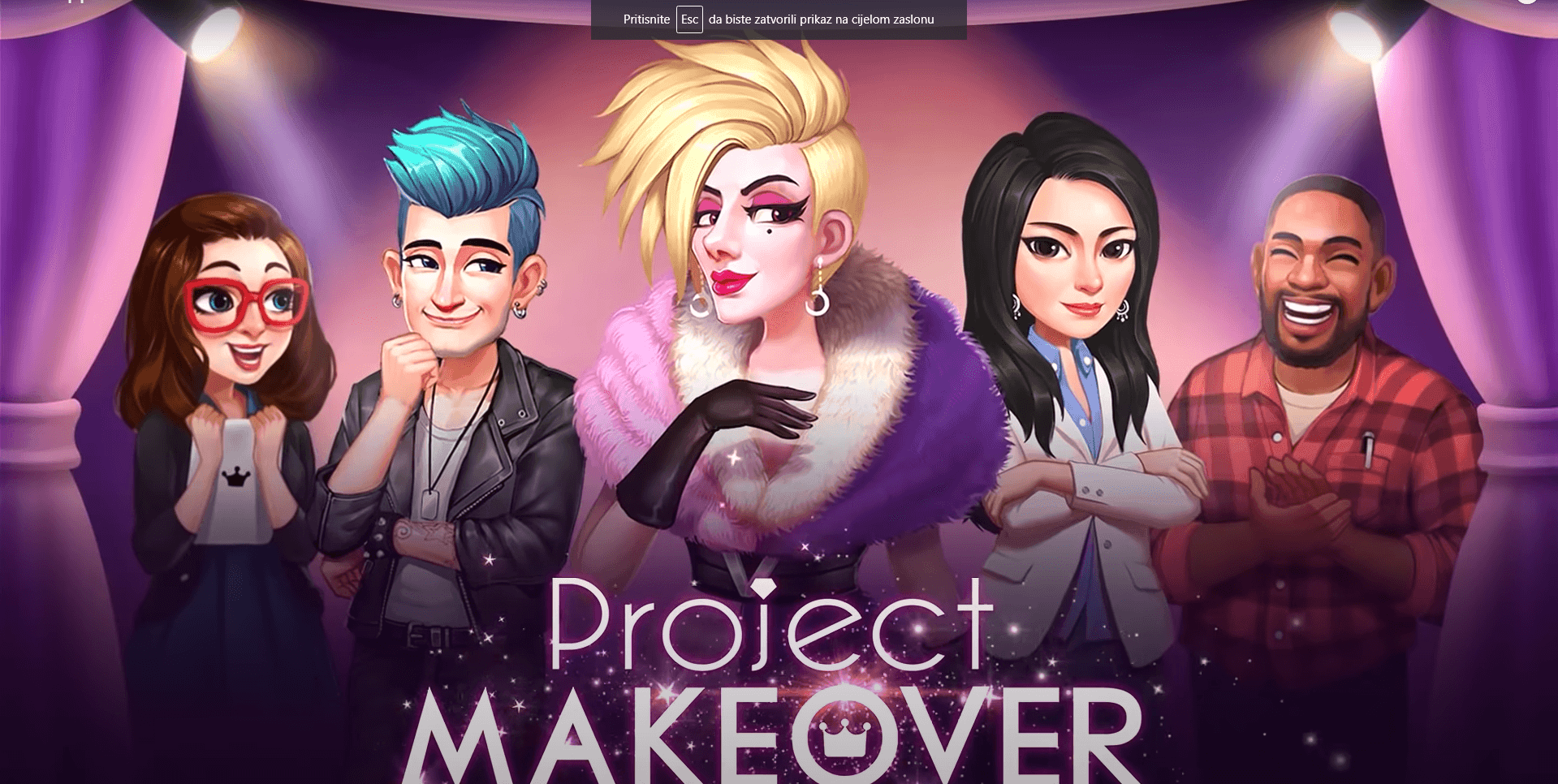


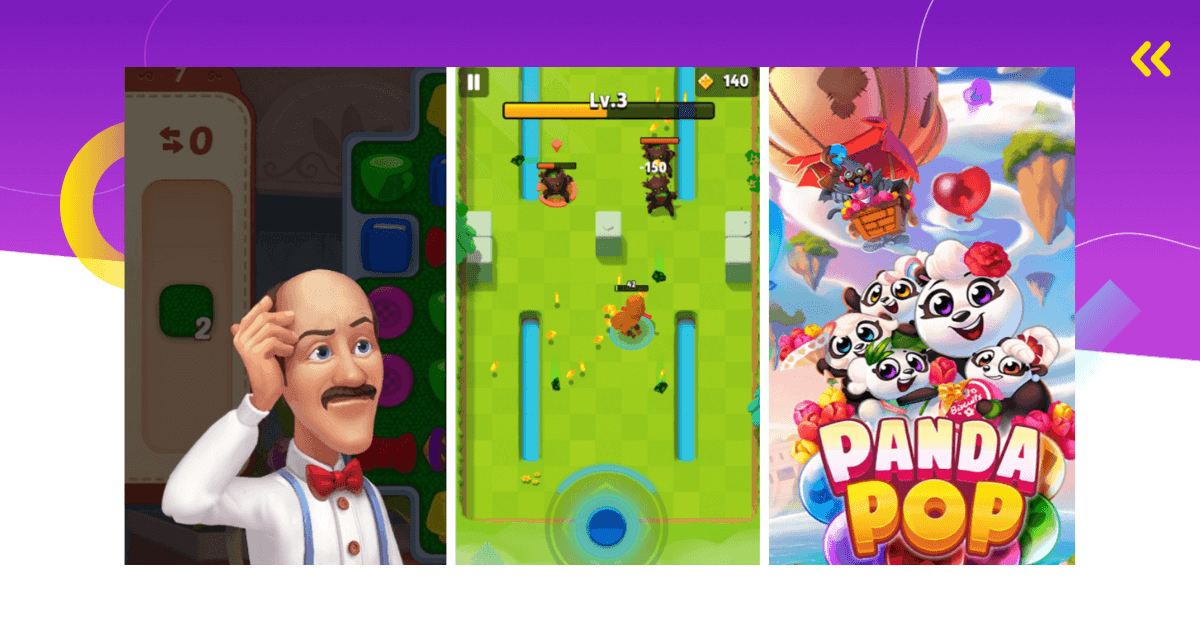
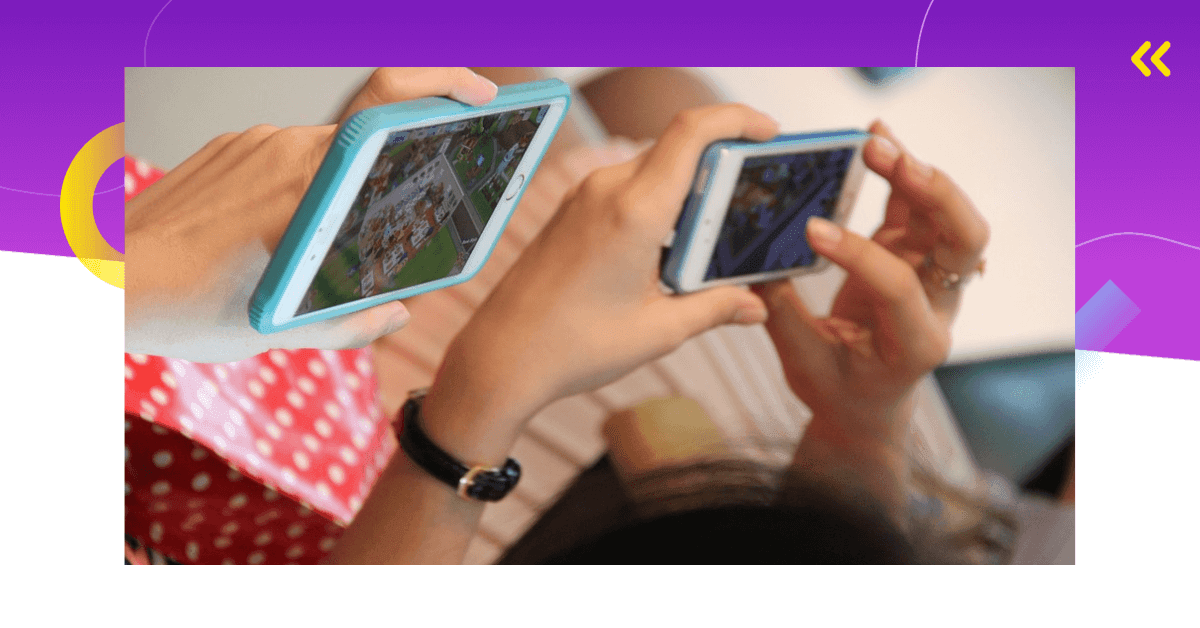
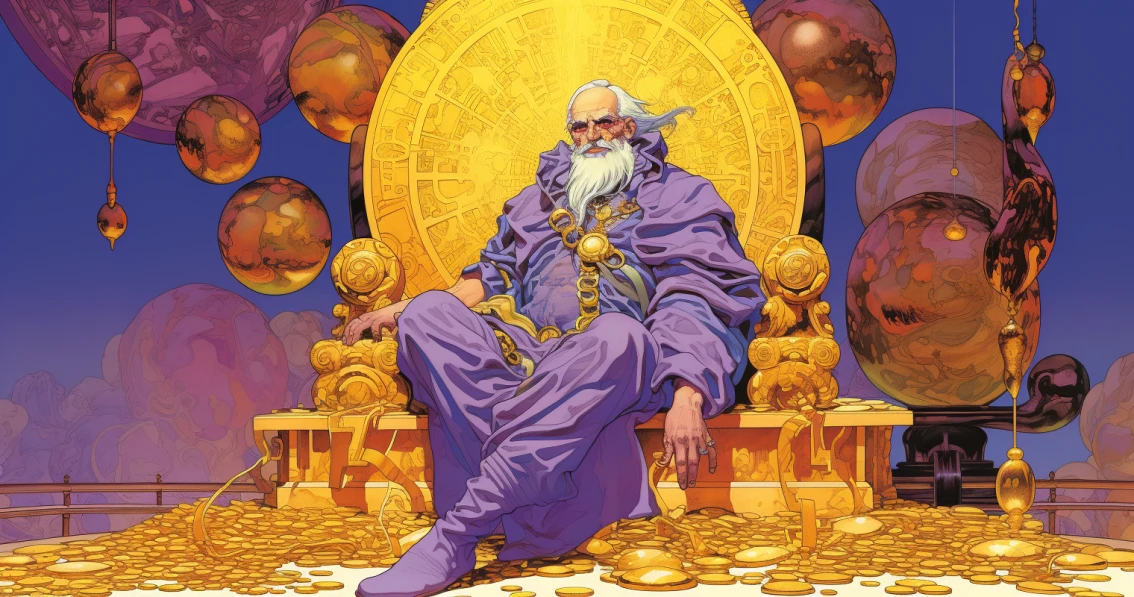
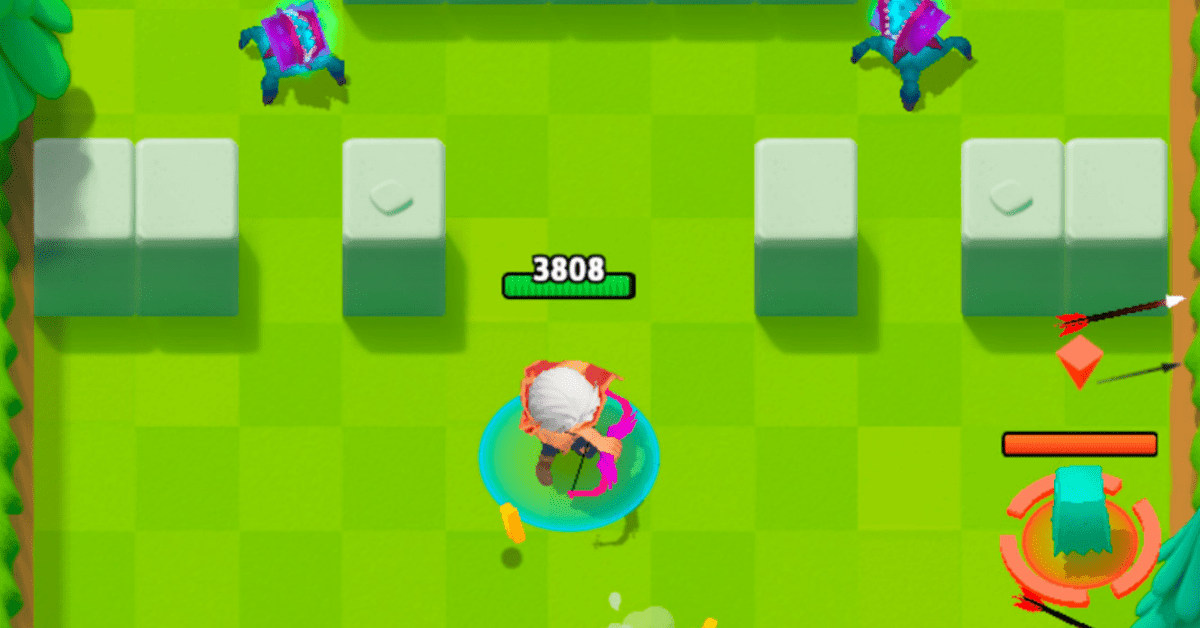
Comments